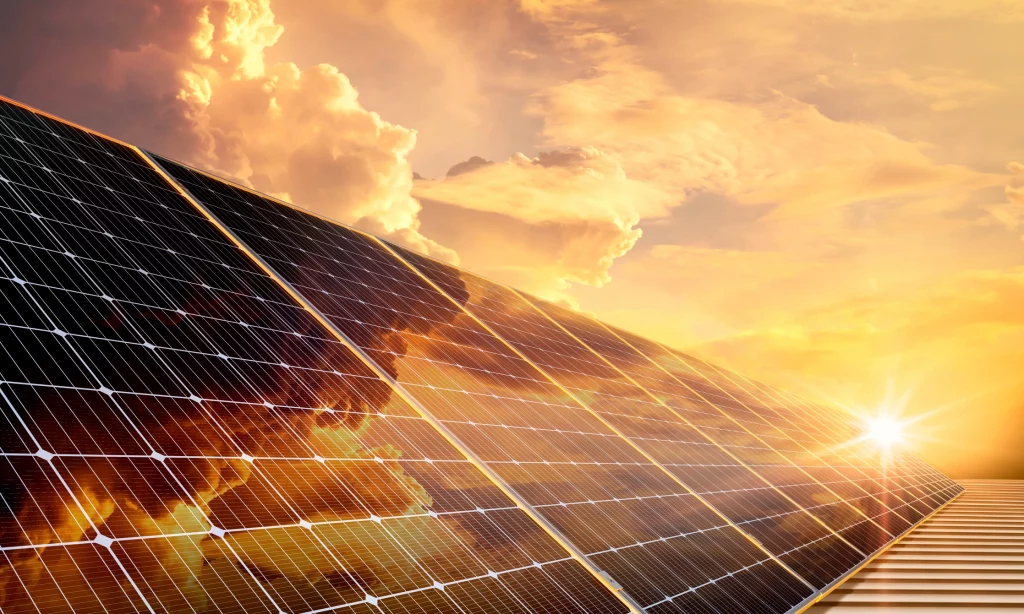A Solar Breakthrough in a Power-Starved Nation
In a country long plagued by power shortages, solar energy is emerging as a beacon of hope. Yemen, widely regarded as the Middle East’s least electrified nation, is now benefiting from its first large-scale solar plant, which is helping restore power to tens of thousands of households in Aden.
The Aden Solar Power Plant, a 120-megawatt facility funded by the United Arab Emirates, began operations in July 2024. It now supplies electricity daily to between 150,000 and 170,000 homes, according to plant technicians. The project represents a major shift toward renewable energy in a country where fuel shortages, years of war, and infrastructure breakdowns have created an enduring electricity crisis.
Yemen has faced nearly three decades of widespread power disruptions. National grids have been severely damaged by conflict and lack the resources needed for consistent supply. In many regions, outages were a daily reality, disrupting commerce, health services, and daily living, particularly during Yemen’s punishing summer heat.
Amplifying Solar’s Role in Yemen’s Energy Mix
In 2023, solar accounted for just 10.4% of Yemen’s total electricity output, according to the International Energy Agency. That share is expected to climb as the Aden plant’s operators plan a second phase in 2026 that would double the facility’s capacity.
The plant’s success is especially significant for Aden, the southern port city serving as the interim seat of Yemen’s internationally recognized government. By easing electricity shortages there, the project is helping stabilize economic and social conditions in a city heavily affected by the broader energy crisis.
Local businesses say even modest improvements in power supply are already visible. “Power outages used to damage goods, and when we returned the damaged items to suppliers, they would not accept them,” said Mubarak Qaid, a supermarket operator in Aden. “We bore the loss.”
Challenges and the Path Forward
Despite its promise, the Aden plant faces challenges. Yemen’s power infrastructure remains fragile, and ongoing conflict poses risks to both expansion projects and distribution networks. The planned 2026 expansion will also depend on political stability, further investment, and supportive regulatory actions.
Still, Aden provides a valuable case study for other low-electrification contexts. Scaling solar capacity with external funding and integrating it into existing grids or microgrids offers a practical way to improve reliability without waiting for complete national grid rehabilitation.
The UAE’s funding highlights the role neighboring countries can play in accelerating renewable transitions across the Middle East. Stronger nations with financial resources and institutional stability may increasingly support projects in fragile states, paving the way for regional energy diplomacy.
Why This Matters
Yemen’s turn to solar is part of a wider global trend. In regions where traditional utilities struggle due to conflict or economic collapse, distributed renewable energy can deliver rapid and local impact.
For Yemen, solar is more than a stopgap. It could form the foundation of a rebuilt energy system that is cleaner, more resilient, and less dependent on imported fuels. If the expansion plan succeeds and output scales, Yemen may begin to reverse decades of decline in electricity access.
Regional observers and energy analysts will be watching closely to see how the Aden project manages security, financing, and governance hurdles. Its trajectory could determine whether other nations in conflict-affected or under-electrified regions adopt similar models.




